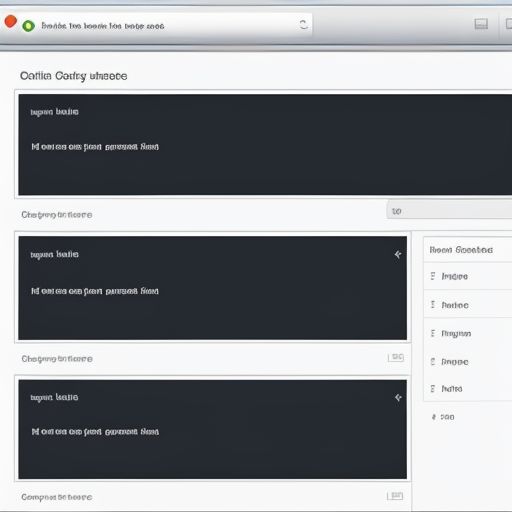In today’s data-driven world, businesses are inundated with an overwhelming amount of information. This data, often referred to as “big data,” holds immense potential for organizations to gain valuable insights, make informed decisions, and drive growth. However, extracting meaningful insights from raw data requires specialized tools and techniques, which is where business analytics comes into play.
 Data Analysis in Business
Data Analysis in Business
Understanding Big Data And Business Analytics
What is Big Data?
Big data refers to extremely large and complex datasets that cannot be easily managed, processed, or analyzed using traditional data processing methods. It is characterized by five key attributes, often referred to as the “5Vs”:
- Volume: The sheer amount of data generated from various sources, such as social media, sensors, and transactions.
- Velocity: The speed at which data is generated and streamed, often in real-time.
- Variety: The different formats of data, including structured, unstructured, and semi-structured data.
- Veracity: The accuracy, trustworthiness, and reliability of the data.
- Value: The potential of the data to extract meaningful insights and drive business value.
What is Business Analytics?
Business analytics encompasses the methodologies, technologies, and processes used to analyze business data and extract actionable insights. It involves exploring historical data, identifying patterns, and predicting future trends to support decision-making and improve business performance.
The Importance of Big Data And Business Analytics
The convergence of data.toptechslife.com/big-data-and-business-analytics/">Big Data And Business Analytics has become a game-changer for organizations across all industries. By harnessing the power of data-driven insights, businesses can:
- Gain a Competitive Advantage: Identify market trends, customer preferences, and competitive threats to stay ahead of the curve.
- Improve Decision-Making: Base strategic decisions on data-driven insights rather than intuition or guesswork.
- Optimize Operations: Streamline processes, reduce costs, and improve efficiency by identifying bottlenecks and areas for improvement.
- Enhance Customer Experience: Understand customer behavior, personalize interactions, and provide tailored products and services.
- Drive Innovation: Uncover new opportunities for product development, market expansion, and revenue generation.
Frequently Asked Questions about Big Data And Business Analytics
1. What are some common examples of big data in business?
Examples of big data in business include customer transaction data, social media posts, website traffic logs, sensor data from manufacturing equipment, and financial market data.
2. What are the different types of business analytics?
Business analytics can be categorized into four main types:
- Descriptive Analytics: Summarizes historical data to understand what happened in the past.
- Diagnostic Analytics: Investigates the reasons behind past events or trends.
- Predictive Analytics: Uses statistical models and machine learning to forecast future outcomes.
- Prescriptive Analytics: Recommends actions to optimize outcomes based on predictive models.
3. What skills are required for a career in big data and business analytics?
Professionals in this field typically possess a combination of technical and business skills, including data mining, statistical analysis, data visualization, business acumen, and communication.
Conclusion
In conclusion, big data and business analytics have become essential for organizations to thrive in today’s data-rich environment. By embracing these technologies and strategies, businesses can unlock valuable insights, make informed decisions, and gain a competitive edge in the marketplace. By staying informed about the latest trends and advancements in this field, organizations can harness the full potential of their data and drive sustainable growth.
We encourage you to share your thoughts and experiences with big data and business analytics in the comments section below. Let’s continue the conversation and explore how data-driven insights can transform businesses across industries.


